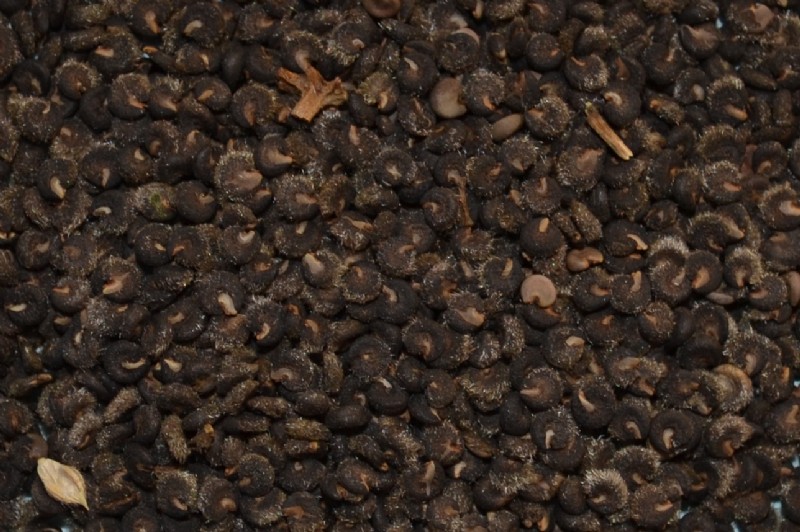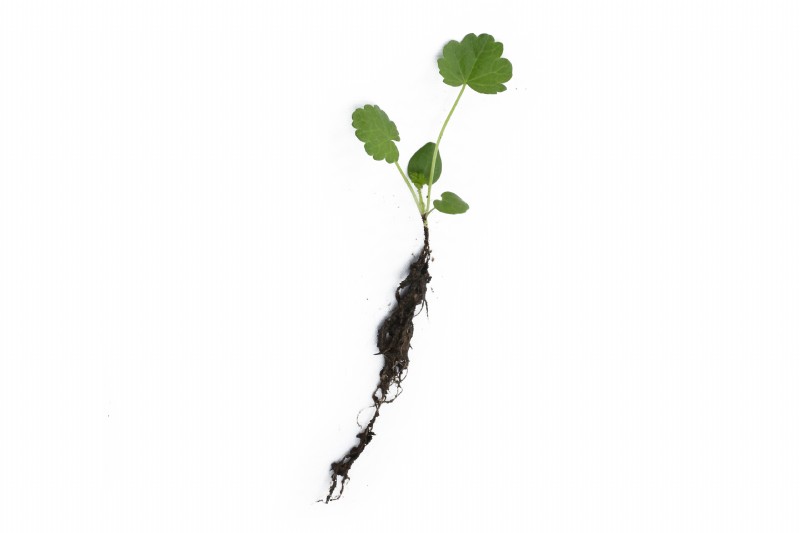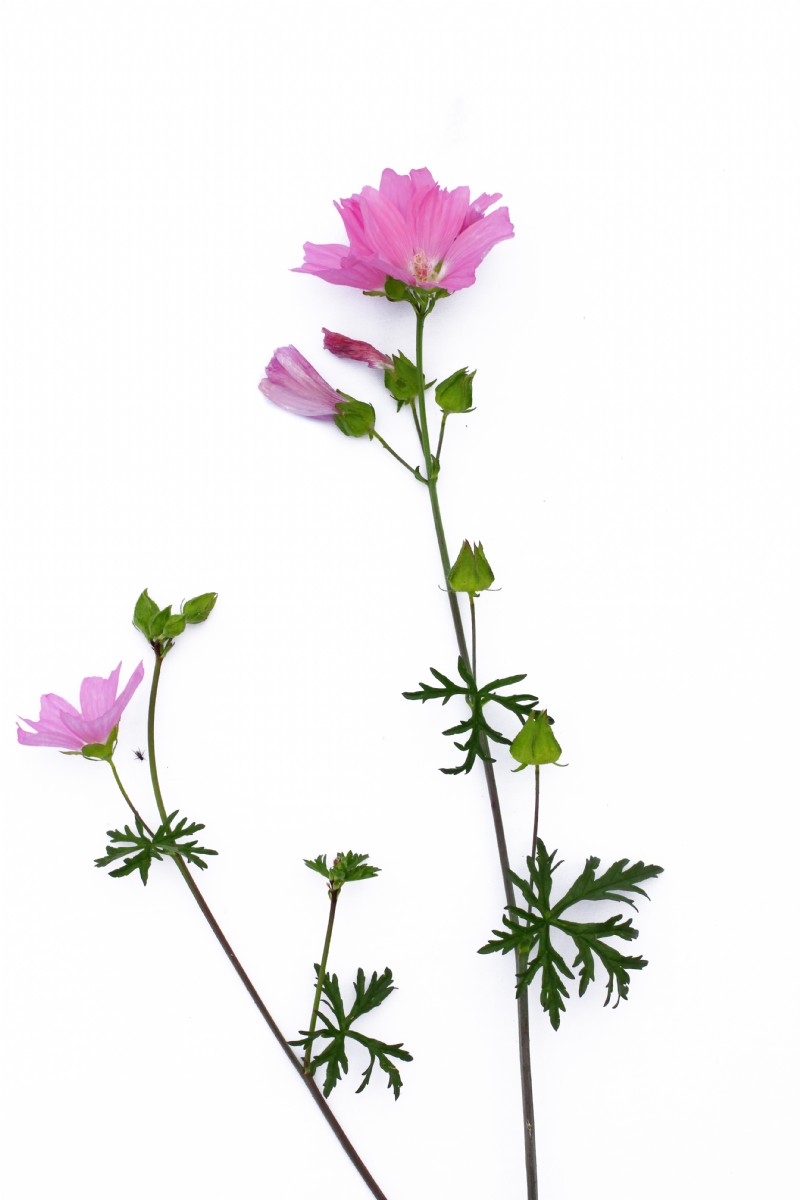Musk Mallow
This is a green coloured, bushy, upright perennial that once established can be a robust plant, that is prolific on fertile soils rich in nitrogen. This species can grow to 75 cm in height.
Uses
This species is used as part of a mixture in wildflower meadow creation.
Persistence
This is a perennial species.
Strengths
It provides a vital resource for pollinators in mid summer.
Frost Tolerance
Musk Mallow is not frost tender.
Ideal Sowing Time
Sow in Autumn or Spring.
Management
Easy to grow and requires no maintenance.
Distinguishing characteristics
Seed
The musk mallow seed has a curious snail shell shape, which is dark brown to black in colour. The surface is rough with golden coloured minute hairs. It is approximately 3 mm in size.
Seedling
The seedling produces a pair of heart shaped cotyledons on medium length petioles. The first true leaves are wider and toothed.
Flowering Plant
This is a green coloured, bushy, upright plant. The leaves are in narrow segments that cut back to a central lobe, they can be less angular and almost heart shaped. The flowers are pale pink in colour and saucer shaped.
Additional Info
Flowers July - August. The musky scent of the flower and leaves is enhanced when they are brought indoors and in the evenings.
Works well with
Agrimony, betony, meadow crane's bill, lucerne, rough hawkbit, viper's buglossYou can find Musk Mallow in the following mixtures
- Operation Pollinator Mix (AHL1/CAHL1/AB1)
- Light Land Operation Pollinator Just Legumes 70% ORGANIC
- Floristically Enhanced Field Margin (CIPM2/IPM2/AB8)
- Nectar Stewardship Mix (CIPM2/IPM2/AB8)
- Cotswold Wild Flora
- Meadow Over-Seeding Just Wild Flowers
History
Every part of the Musk Mallow plant is said to be edible and previously the leaves, roots and flowers were boiled with water to make tea.






